
From left, Sen. Michael Bennet, D-Colo., Sen. Kirsten Gillibrand, D-N.Y., former Housing and Urban Development Secretary Julian Castro, Sen. Cory Booker, D-N.J., former Vice President Joe Biden, Sen. Kamala Harris, D-Calif., Andrew Yang, Rep. Tulsi Gabbard, D-Hawaii, Washington Gov. Jay Inslee and New York City Mayor Bill de Blasio are introduced before the second of two Democratic presidential primary debates hosted by CNN Wednesday, July 31, 2019, in the Fox Theatre in Detroit. (AP Photo/Carlos Osorio)
A two-dozen participant primary is probably not what the Democratic Party actually wanted, but it’s what they got.
An intra-party fight ahead of a big election is probably not what most people would consider “ideal” if the goal is to go into an election with a united front against whatever the incumbent party has ready for you. Many people would see it as merely a means of dividing your party at a pivotal moment, however, I would tend to disagree with that assumption in most cases.
For example, I think the intense primary of 2016 was hugely beneficial to the Republican Party (which may surprise many of you). It was vital to see where the Republican Party was, and a smarter party would have learned the lessons of the election cycle (one of those lessons would be “listen to your base” but, alas, I don’t think most Republicans in power learned that lesson at all and would rather choose to just wait out Trump). It also had the nice little bonus effect of rooting out the not-so-Republican Republicans, who now openly espouse liberal beliefs and lament what happened to their “party.”
The primary process is a good one. It forces candidates to fine-tune the messaging. It makes them work to get supporters they might other not reach, all in an effort to beat the other guys. By the end of the process, they have a working, proven platform and a coalition to ride into the general election.
A smarter Democratic Party should be aware of this, and should be openly embracing letting the bloodshed continue. But the DNC’s debate rules have been restrictive thus far, and have forced candidates off the stage. It was one of my complaints during 2016’s “kid’s table” debates, as there were plenty of Republicans who had the ideas necessary to shape policy coming into the general election, but they never had the chance.
Objectively speaking, with as many voices having access to the voters as the Democratic candidates have had, should make 2016 a tough year for Trump’s re-election. Assuming recession fears can hold off and not become realized for another 15 months (I suspect they will, but the tariffs remain a big part of that equation), then Trump could ride the success of his economy back into the White House in 2020. However, if he stubbornly hold on to the tariff policy and actually continues implementing war, the highs the economy has been riding will disappear and we will probably see the beginnings of a recession – a situation the Democrats could easily take advantage of.
That would assume, of course, that the primary process has allowed a single Democrat to build a large coalition between the fringe and the moderate Democrats alike and there is a unified plan to push the country back toward the middle with promise of erasing the tariffs, normalizing the American economy, and focusing on bringing civility and equality back to the American political process.
All of that is certainly possible, should Joe Biden remain THE guy the Democratic voters go with, and provided Biden can stop himself from making gaffes that cause his own aides to shudder with regret. However, Elizabeth Warren is on the rise, Bernie Sanders remains at the top, and the loudest voices are trying to out-progressive each other.
The end result is that the candidates will continue pushing each other further and further to the left – Obama will be lamented as not tough enough in his policies, and the candidate and their team will focus on pushing the country back to the left, not the middle.
That scenario, the one that seems most likely to play out, will actually make it easier on Trump, no matter the tariff/economic situation in America. Trump won in 2016 on the strength of the “I’m Not Hillary Clinton” trait he happens to have. Likewise, his “I’m Not Elizabeth Warren/Bernie Sanders” trait will keep him afloat against one of those two superprogressives. A race against Joe Biden will be tougher, but if Biden is pushed too far left, he’ll fall victim to the same fate.
Objectively, the Democrats are falling victim to themselves. Data does suggest Trump has weaknesses, and the Democrats can exploit those weaknesses if they attack from the moderate angle (as well as the civil/respectable angle). But, they seem more likely to take the “We have to be a Socialist Trump” route and will try to ride a manufactured populism into the general election and be crushed because of it.
The primary process should make them recognize the need for a coalition across the board. However, they’ll just see the moderate voters as those who need to be converted or run off – and it’s the latter scenario that will hand them a loss next November.




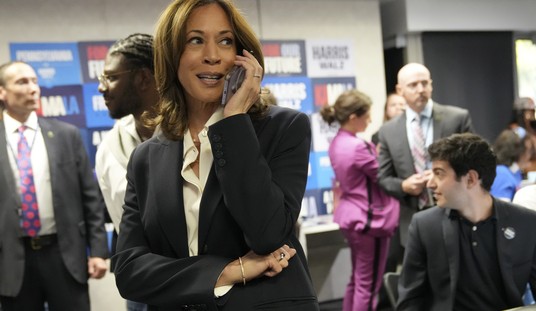
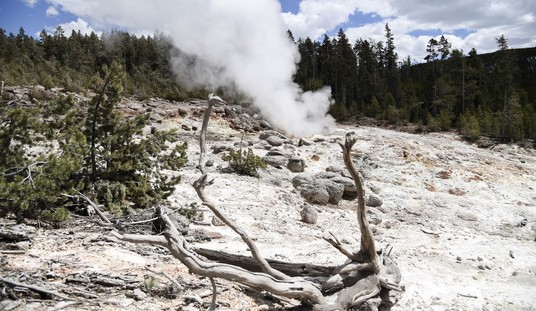


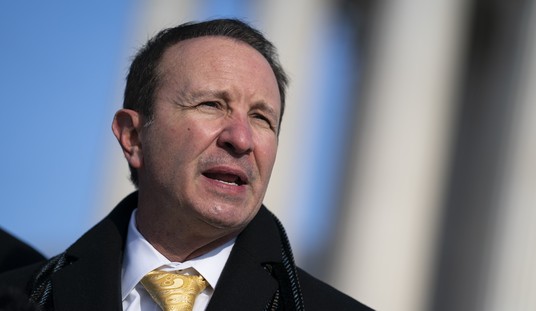
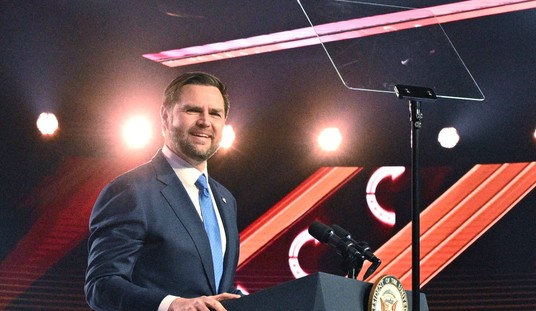
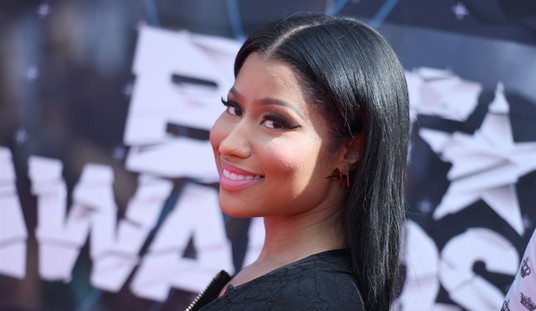


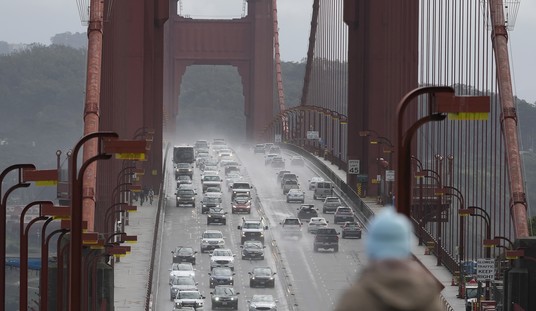
Join the conversation as a VIP Member